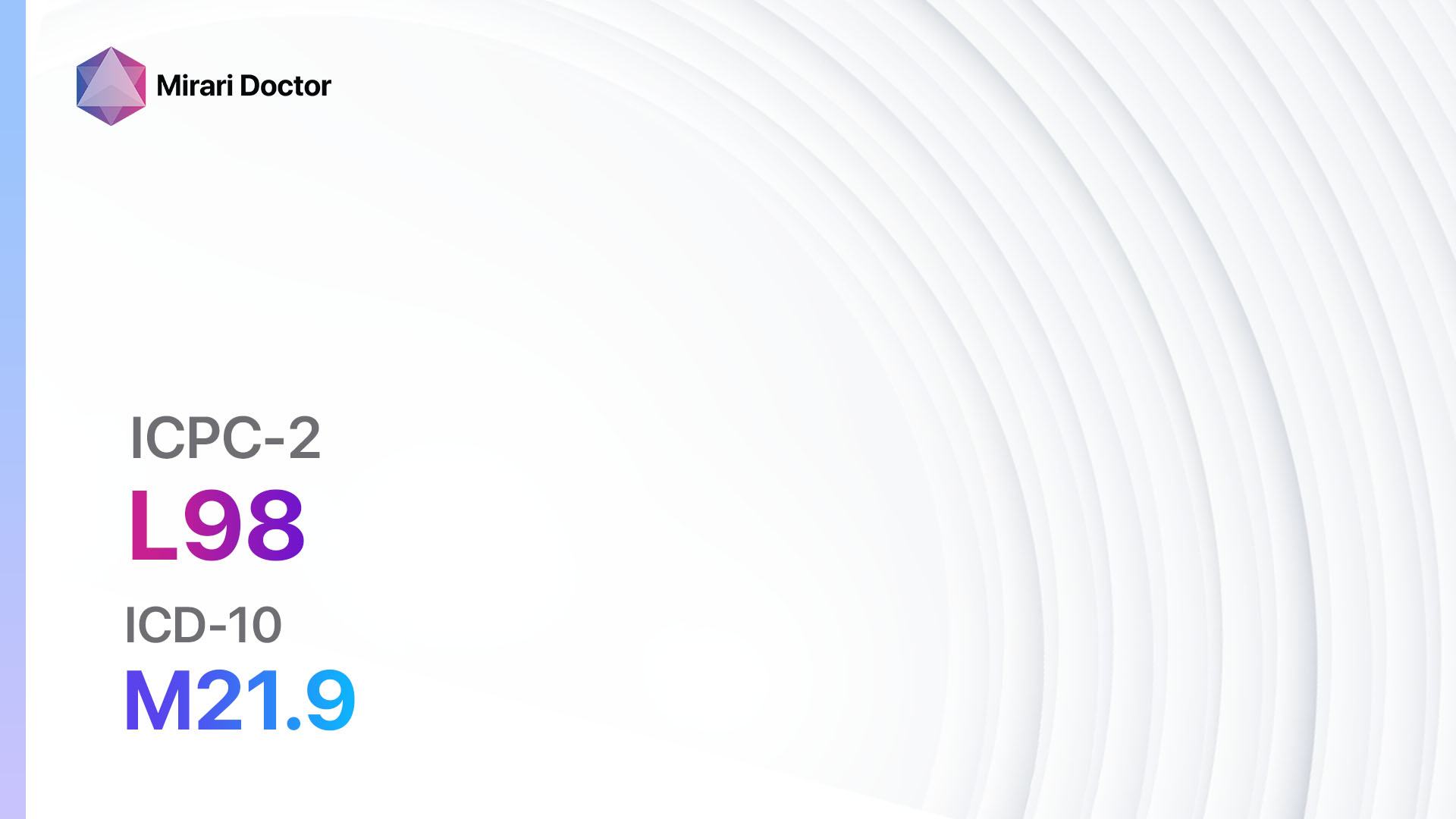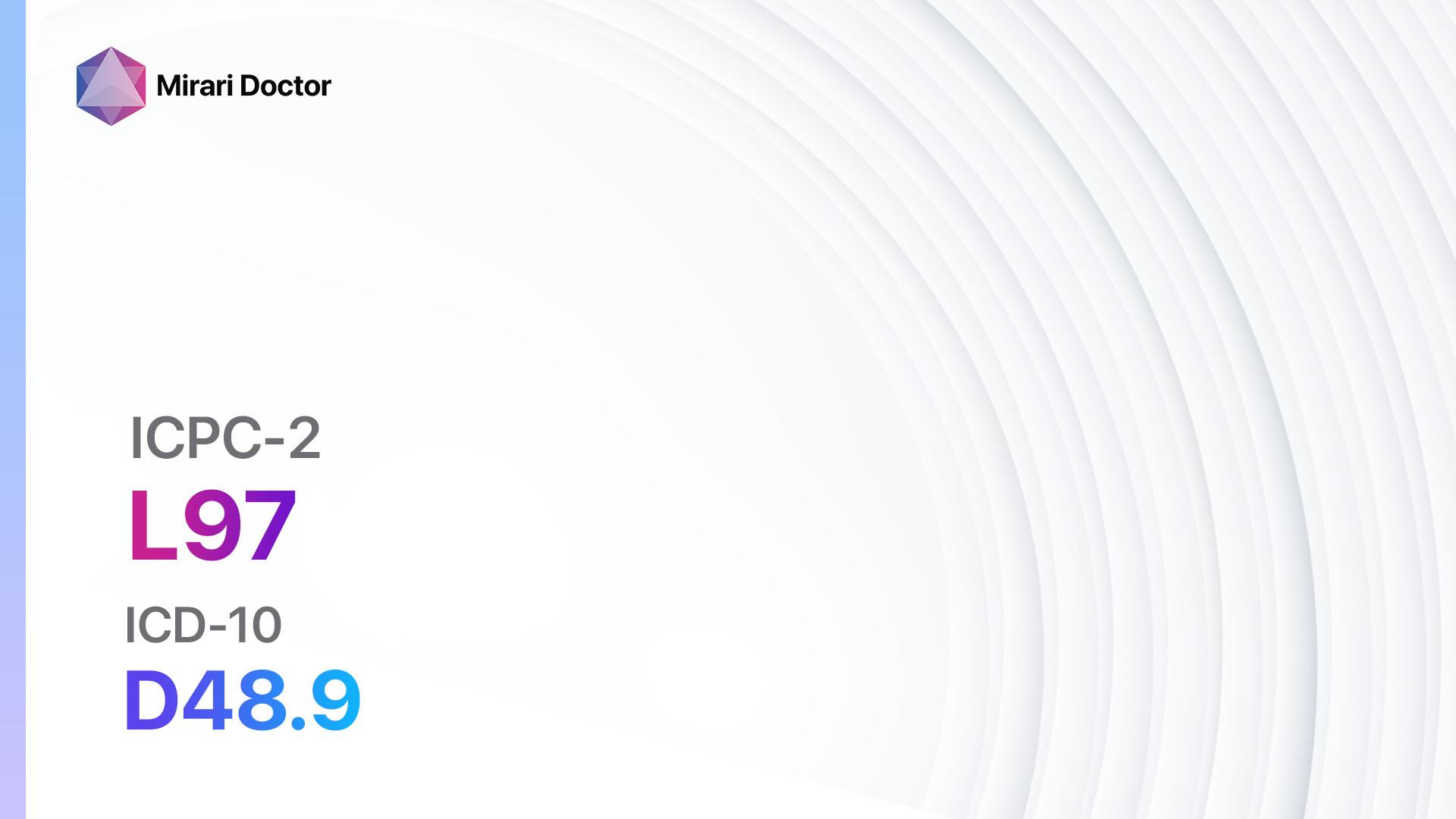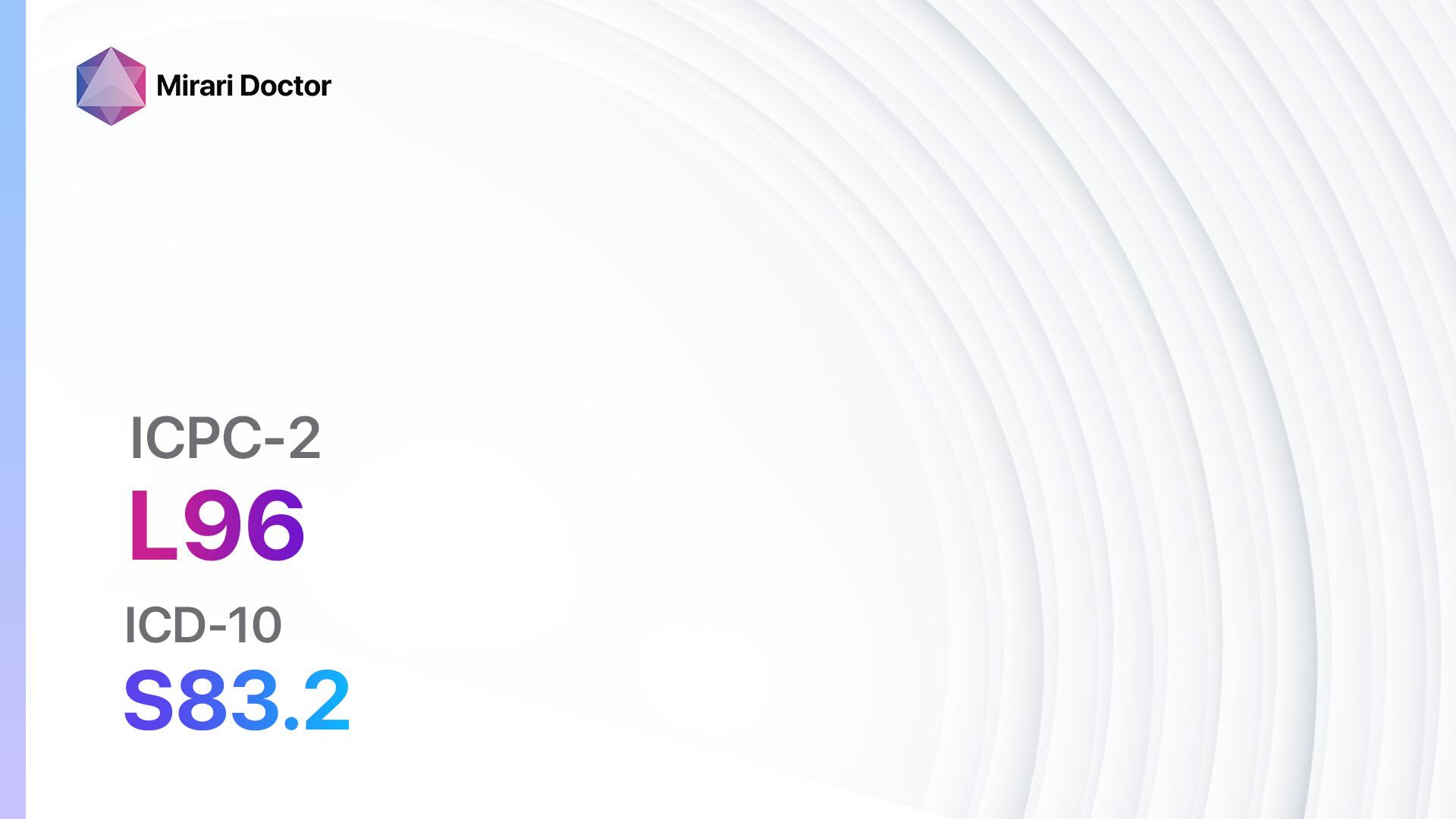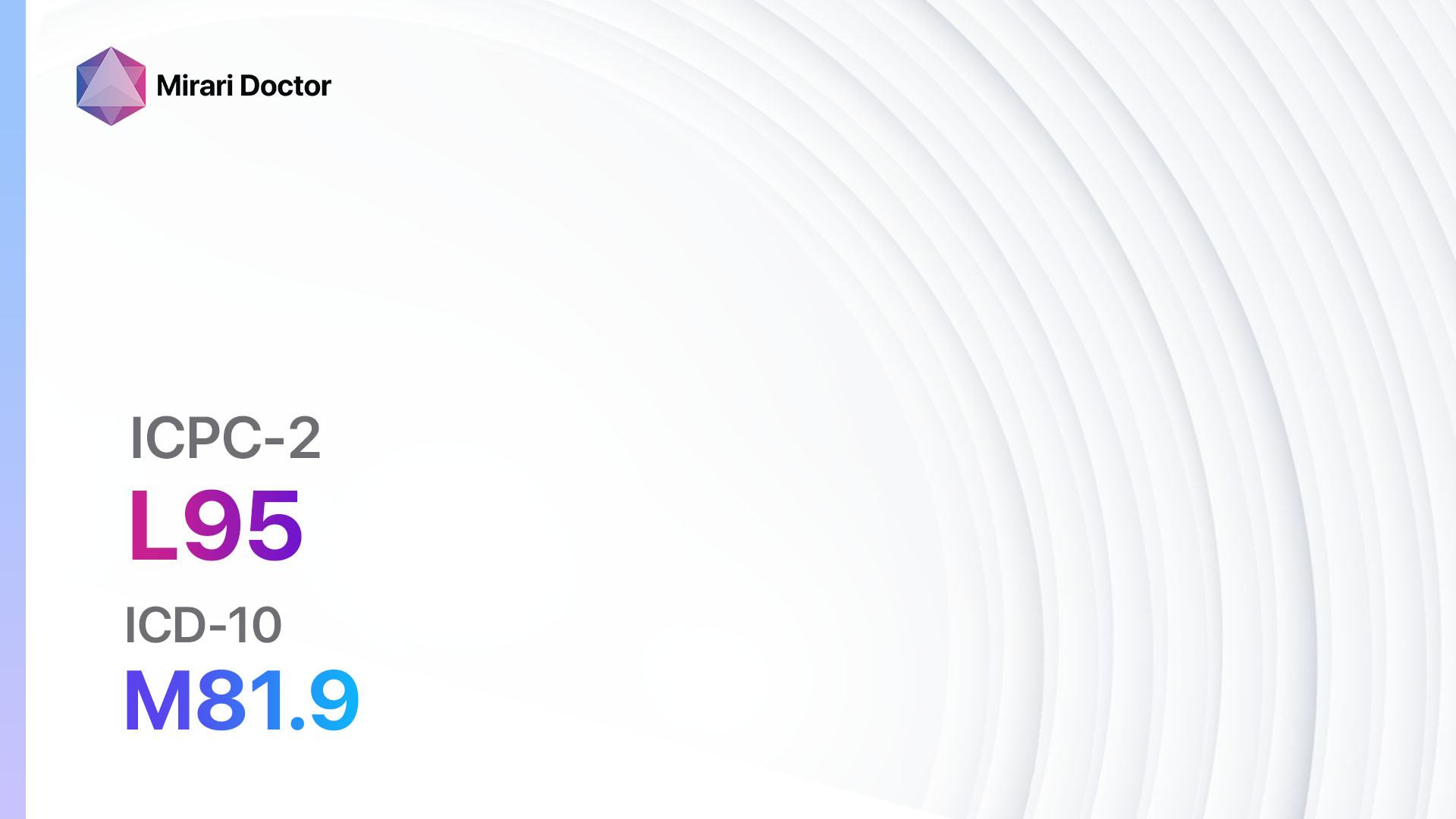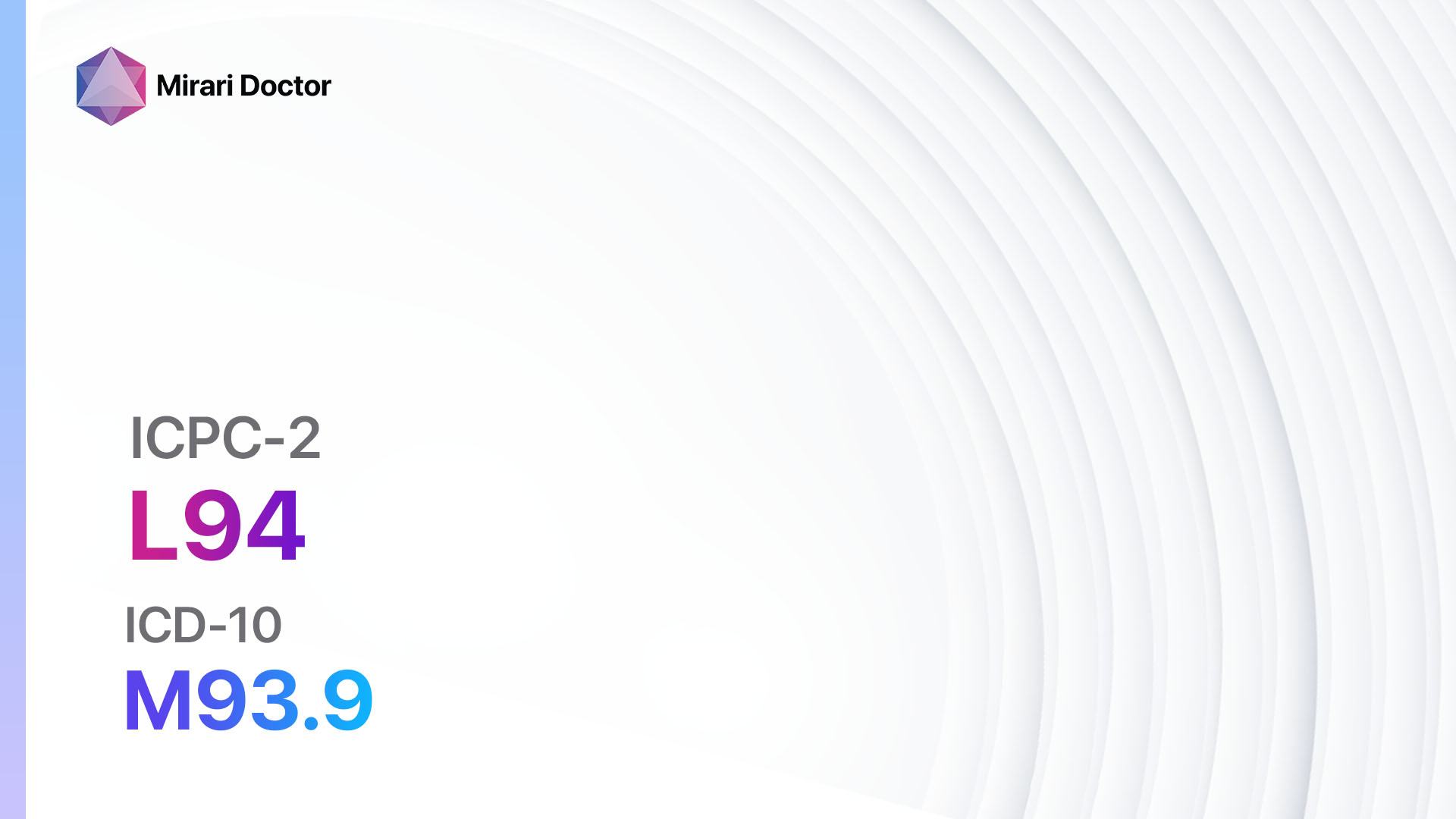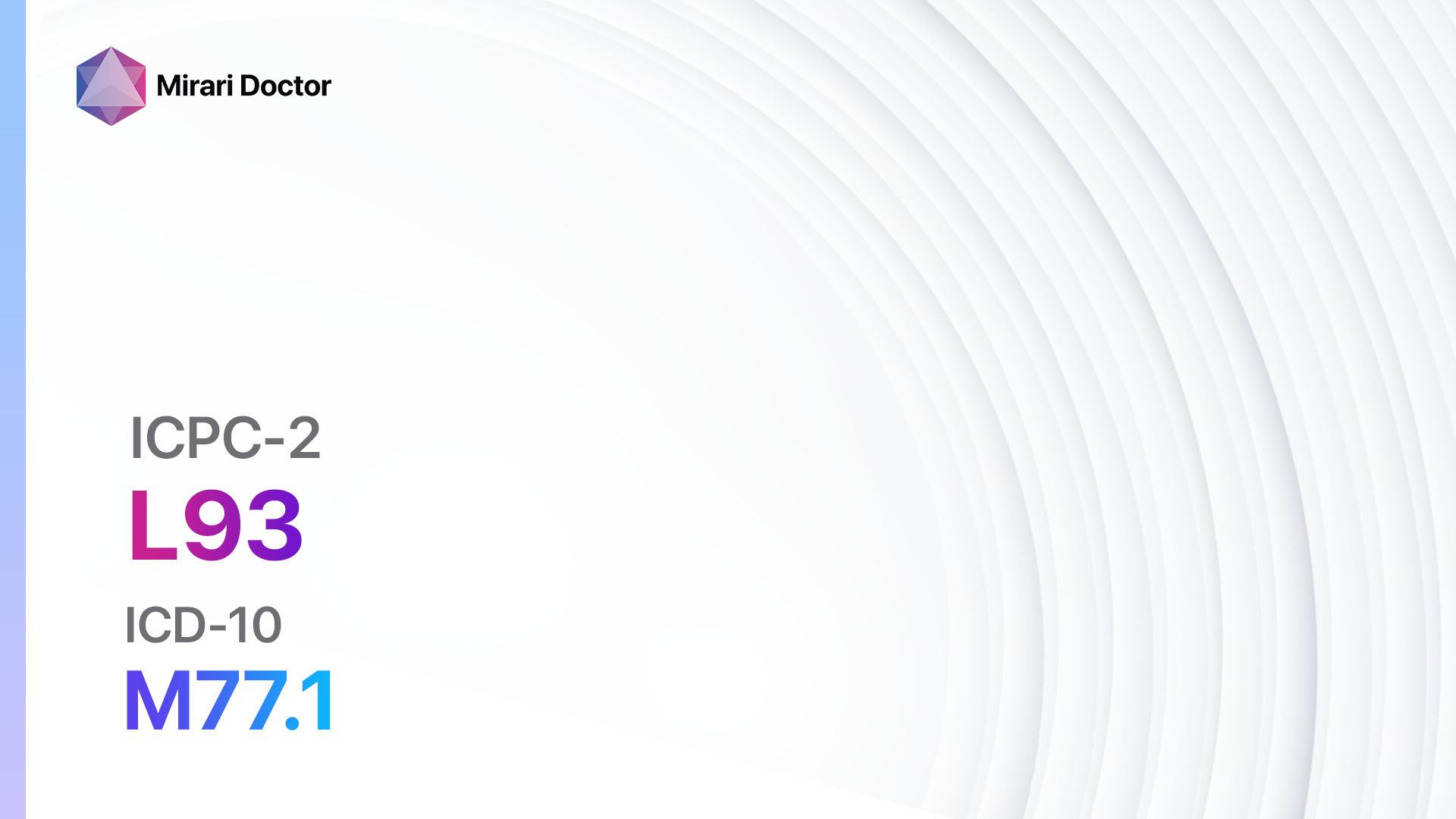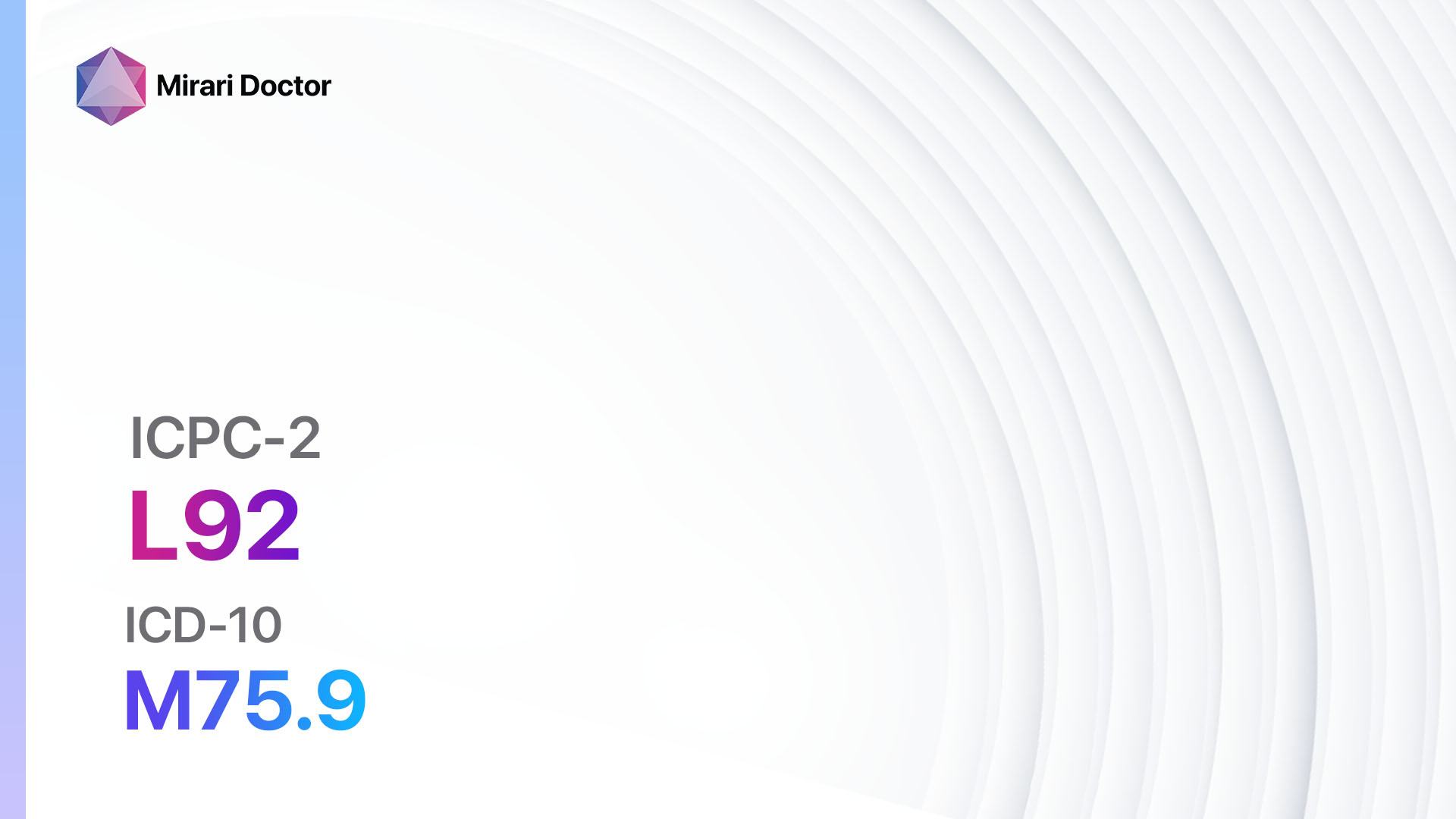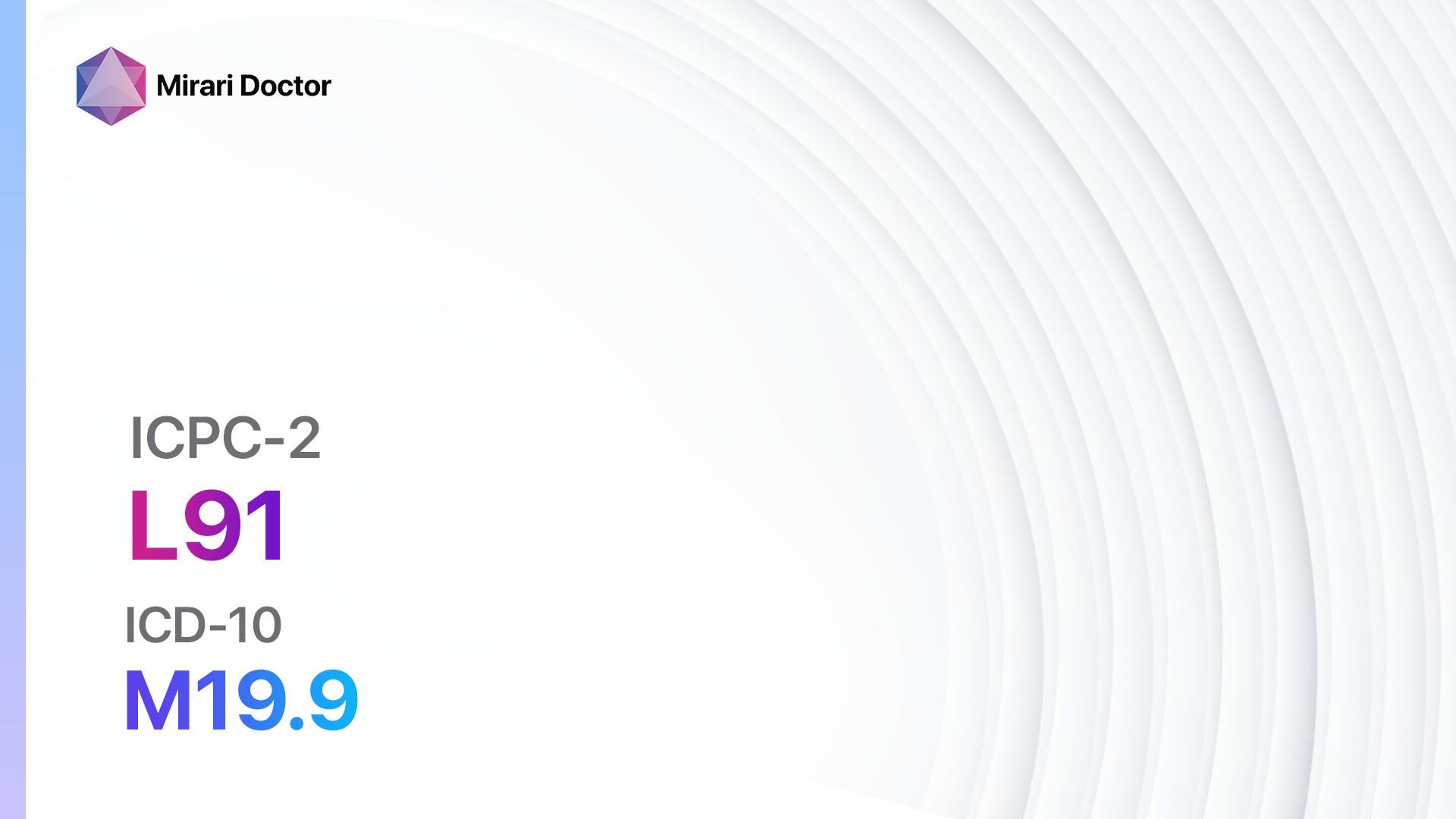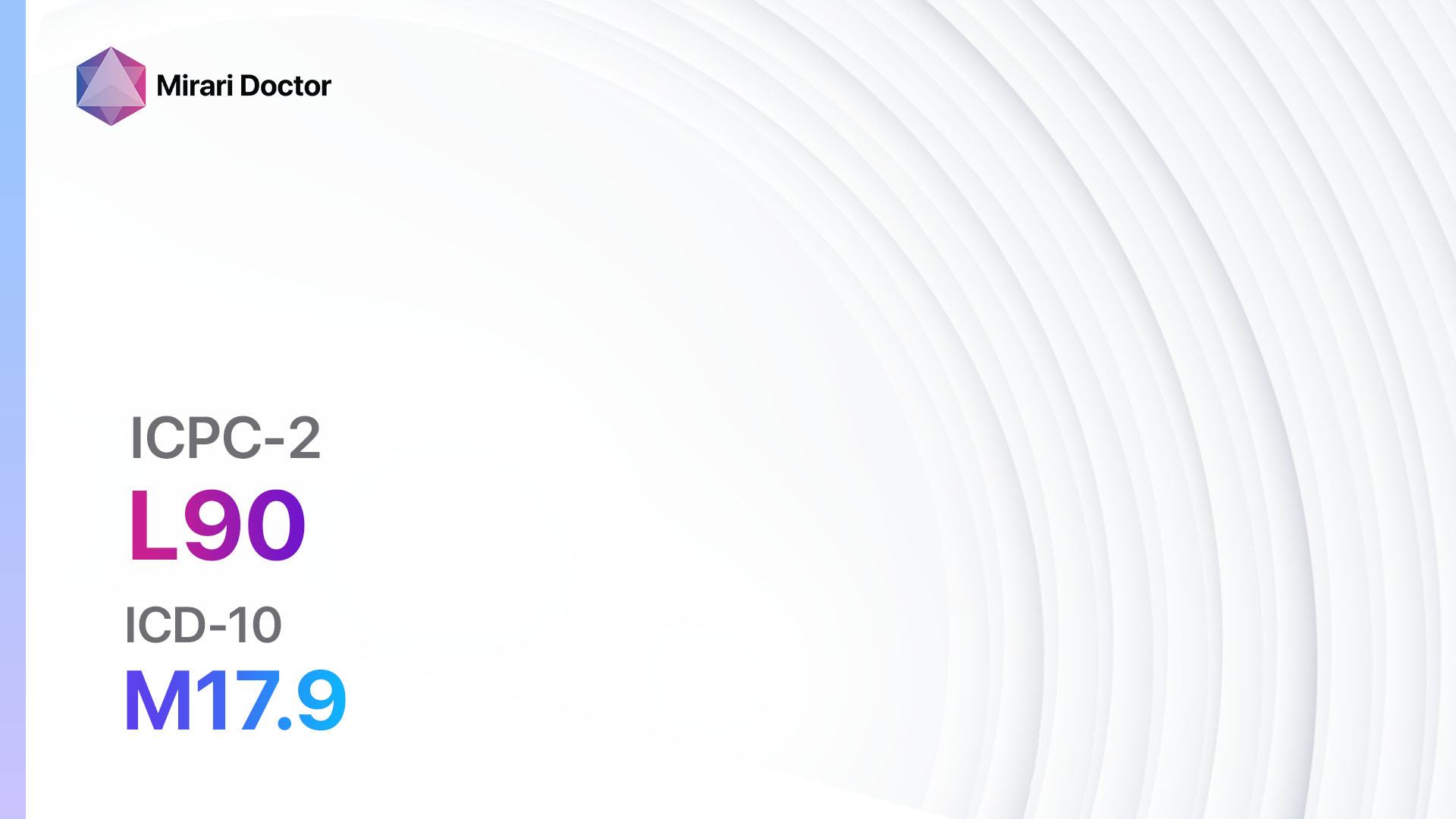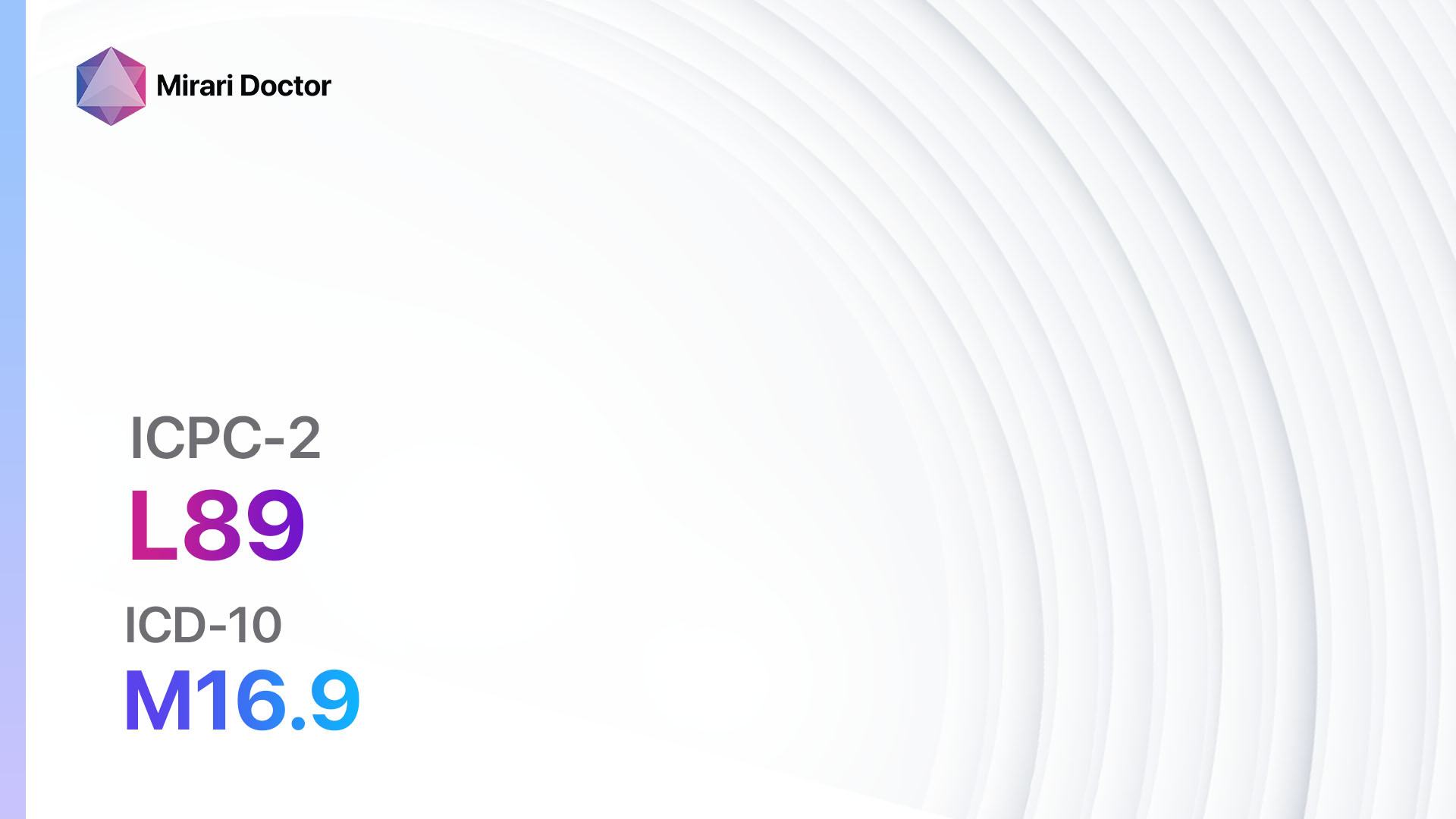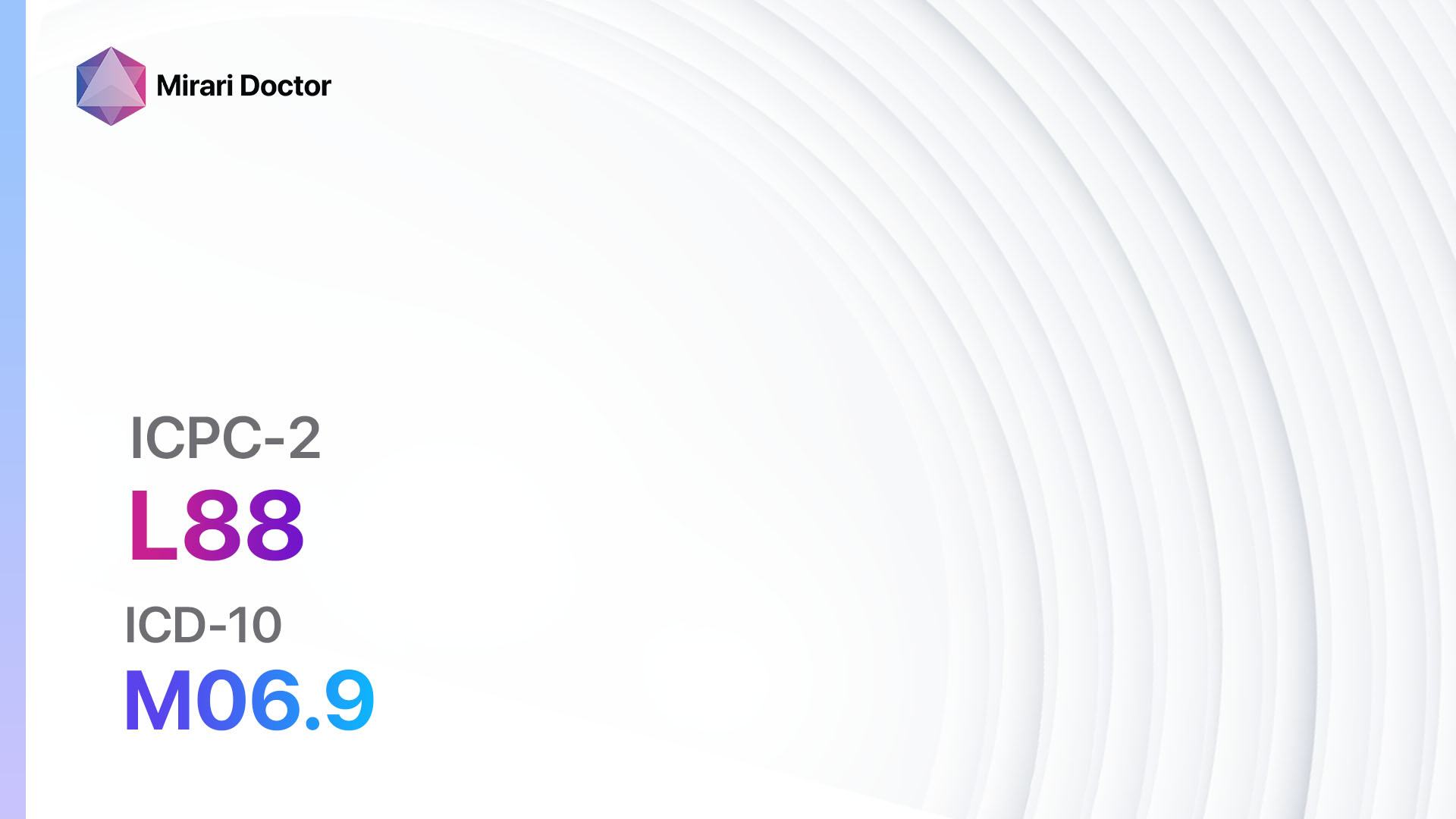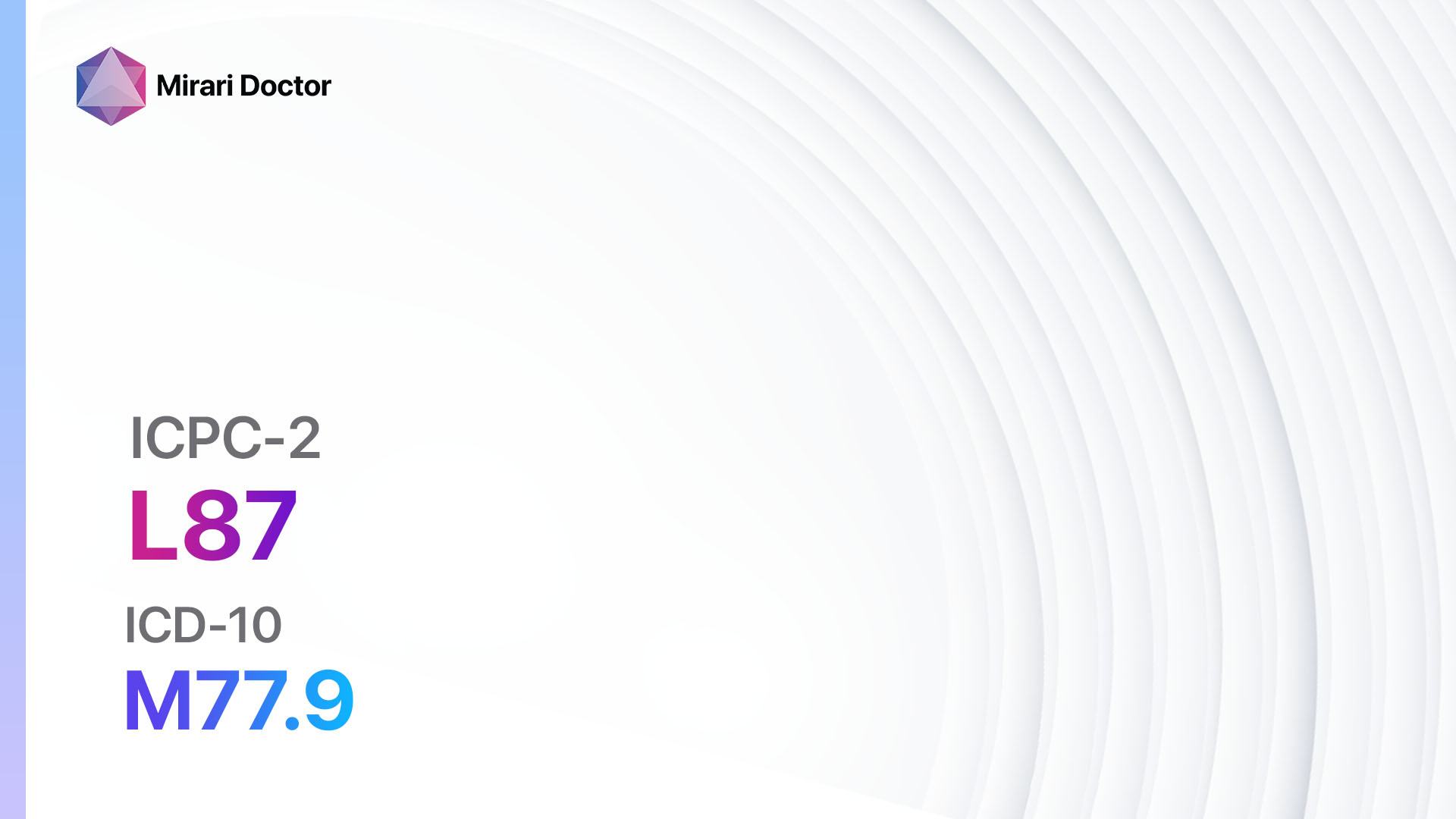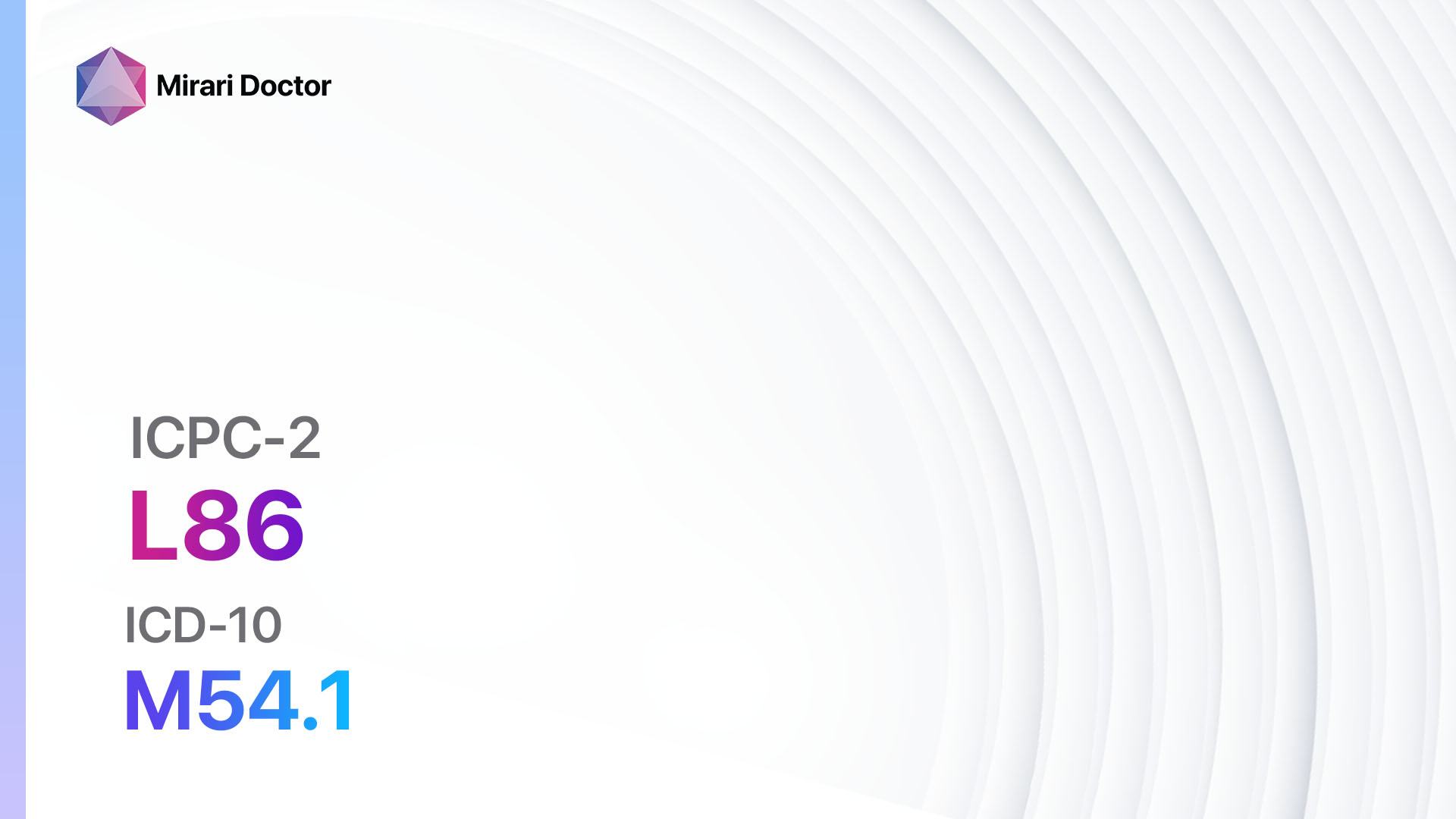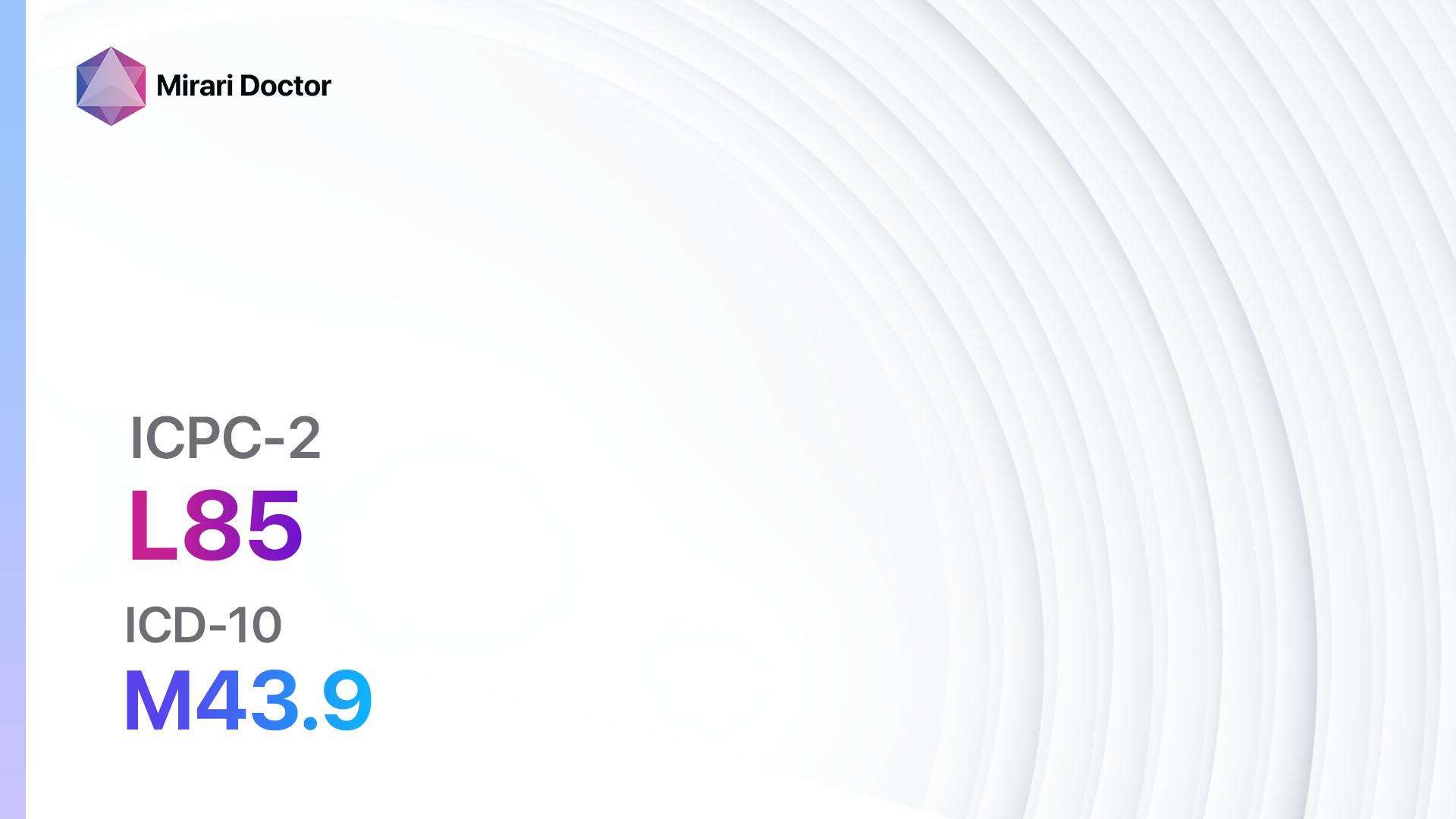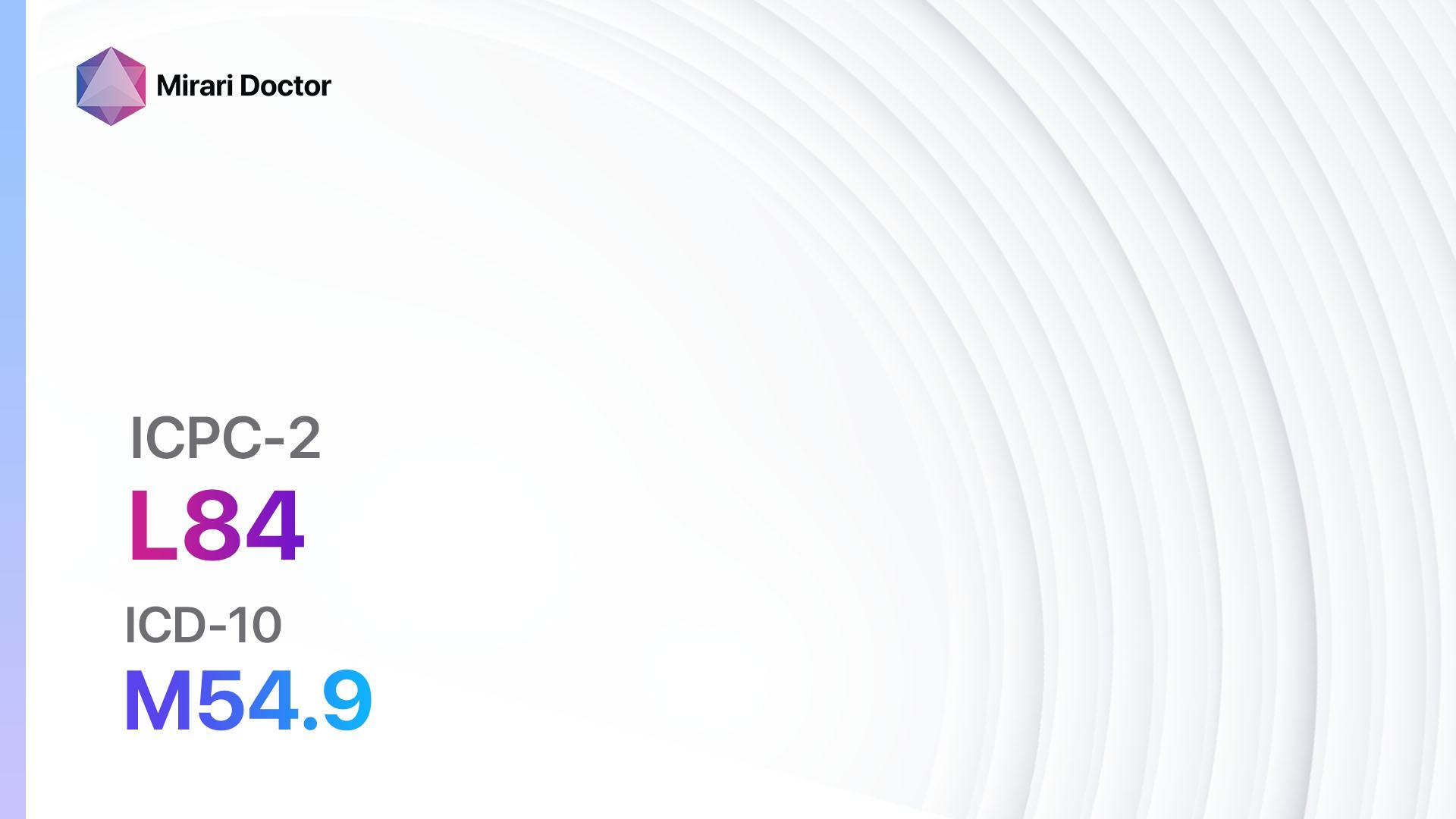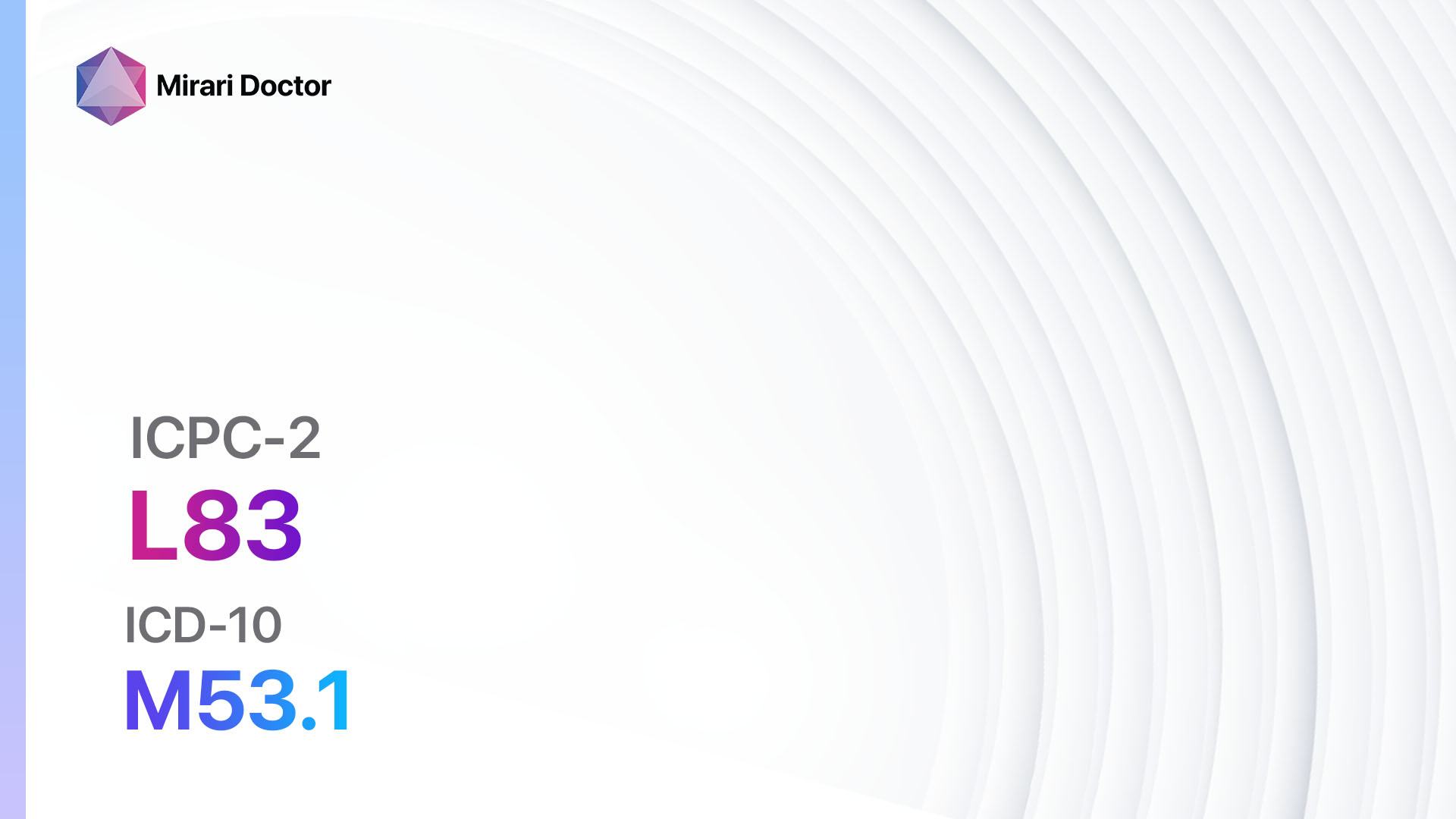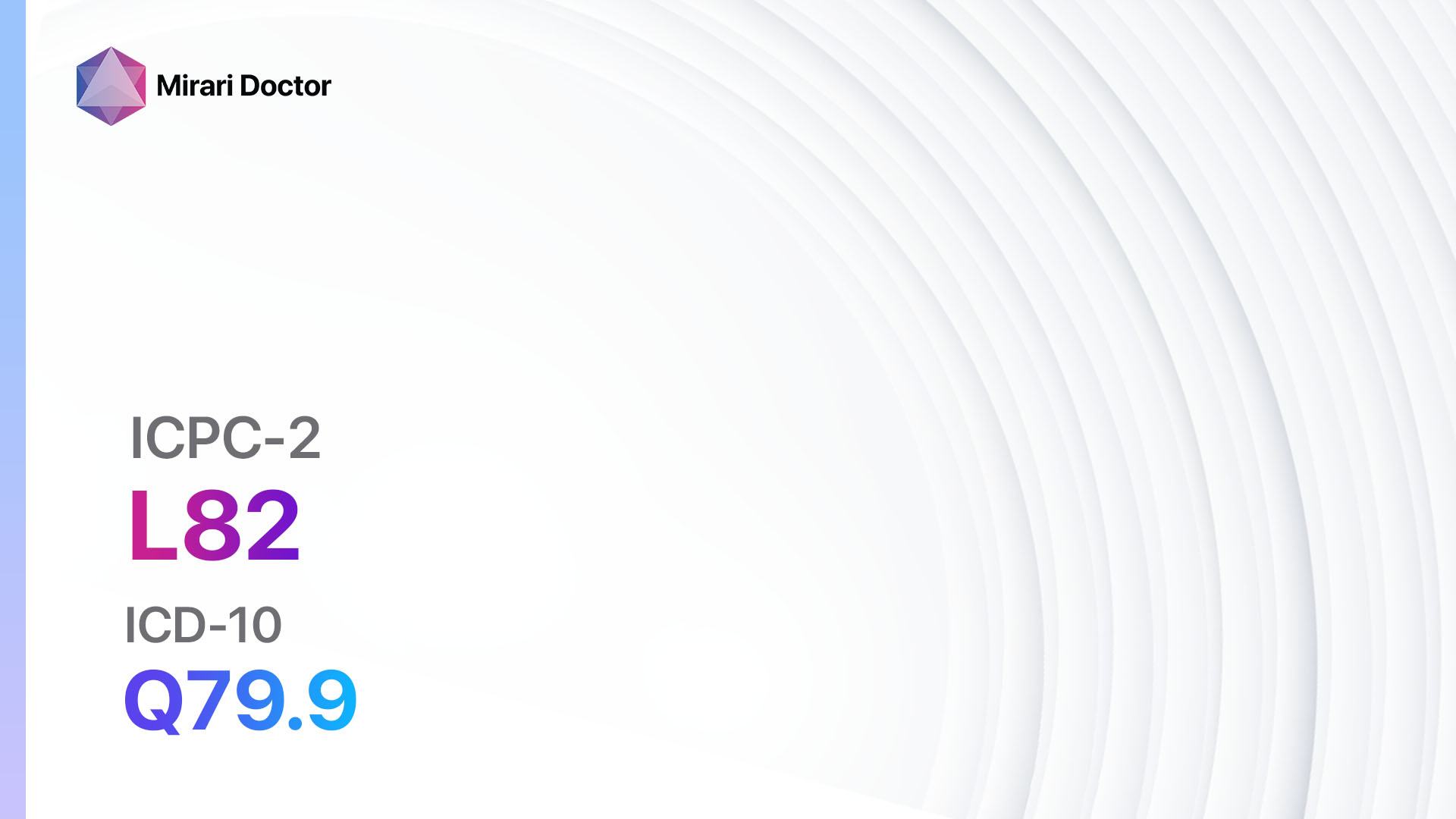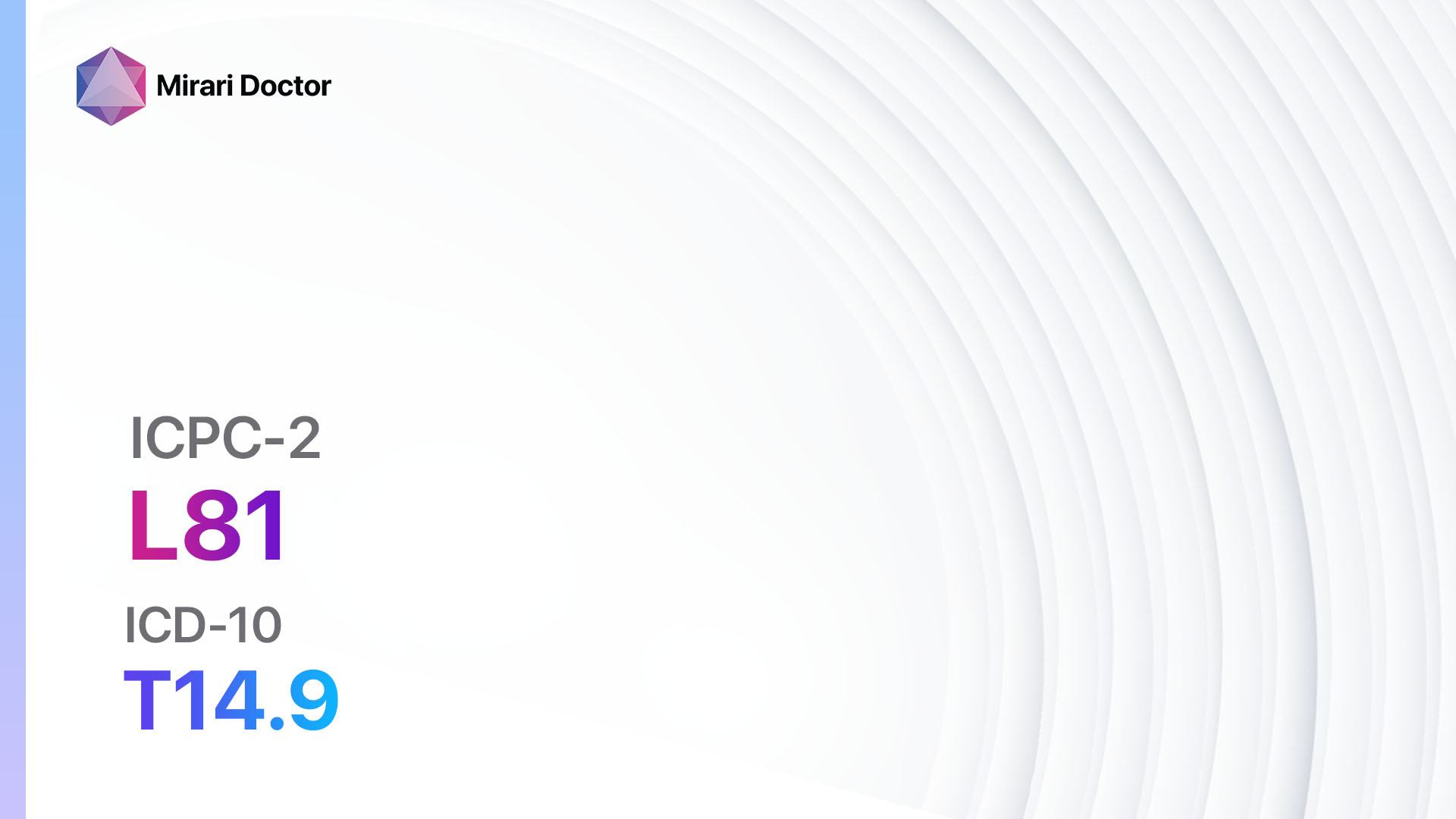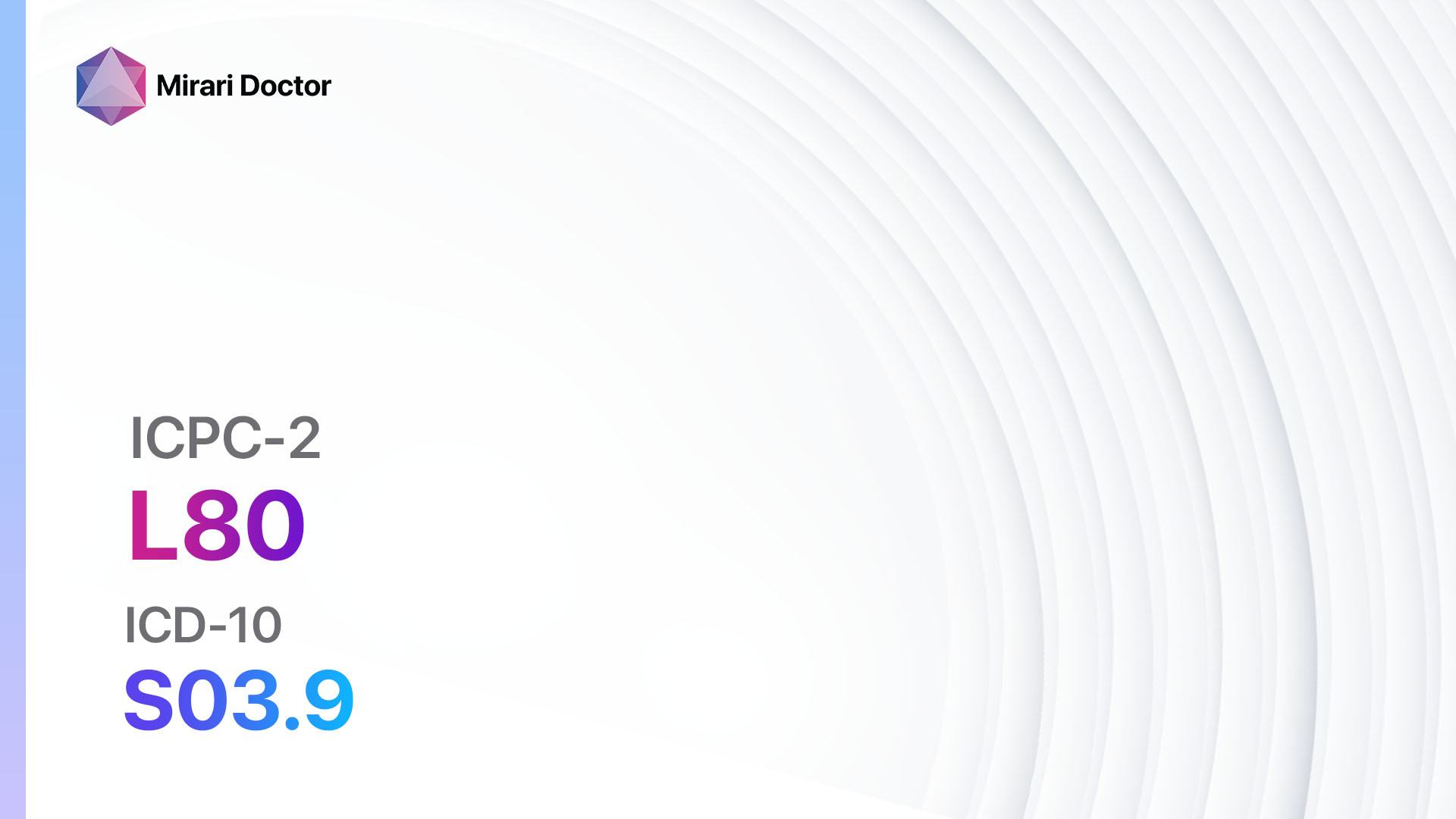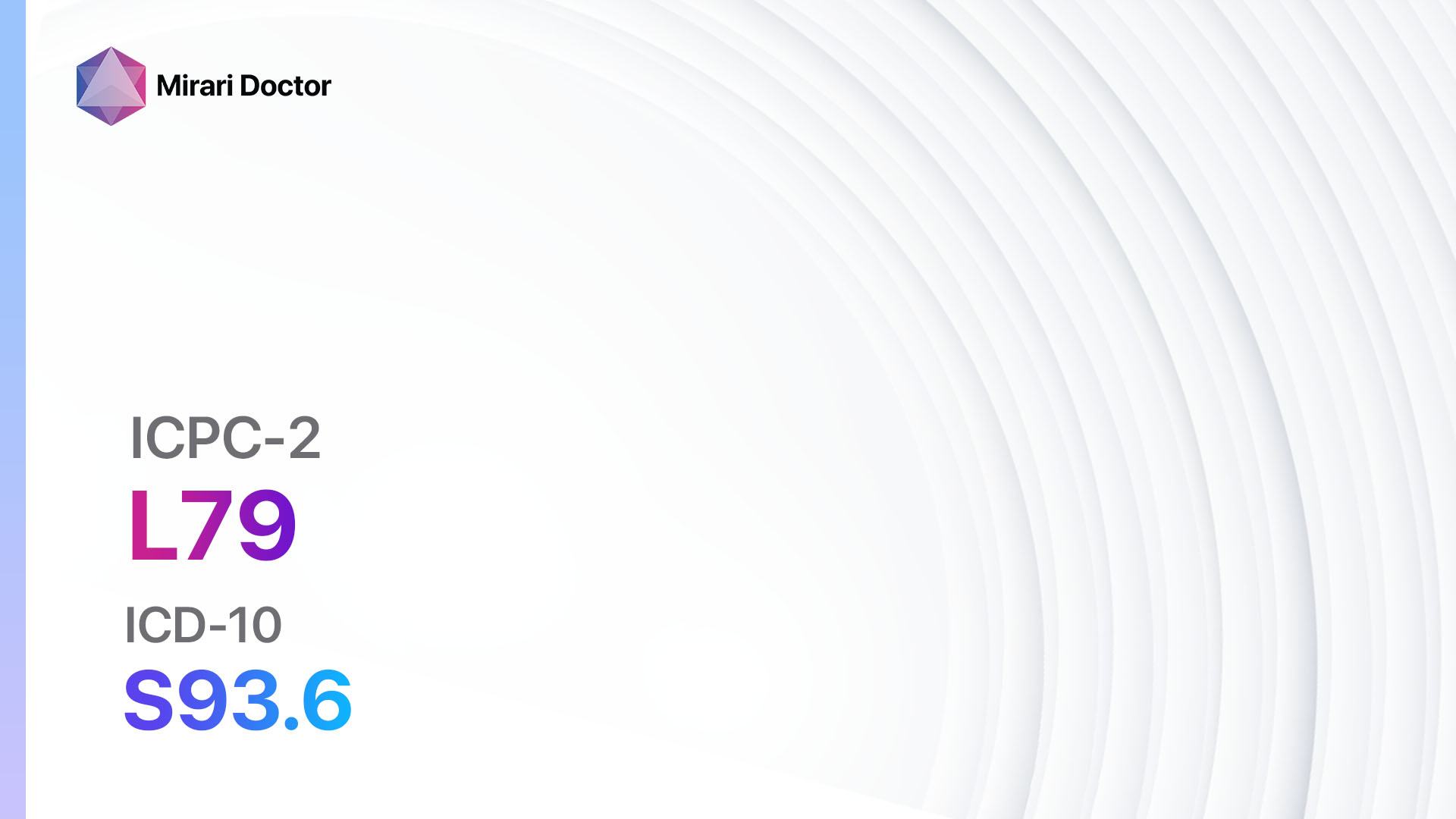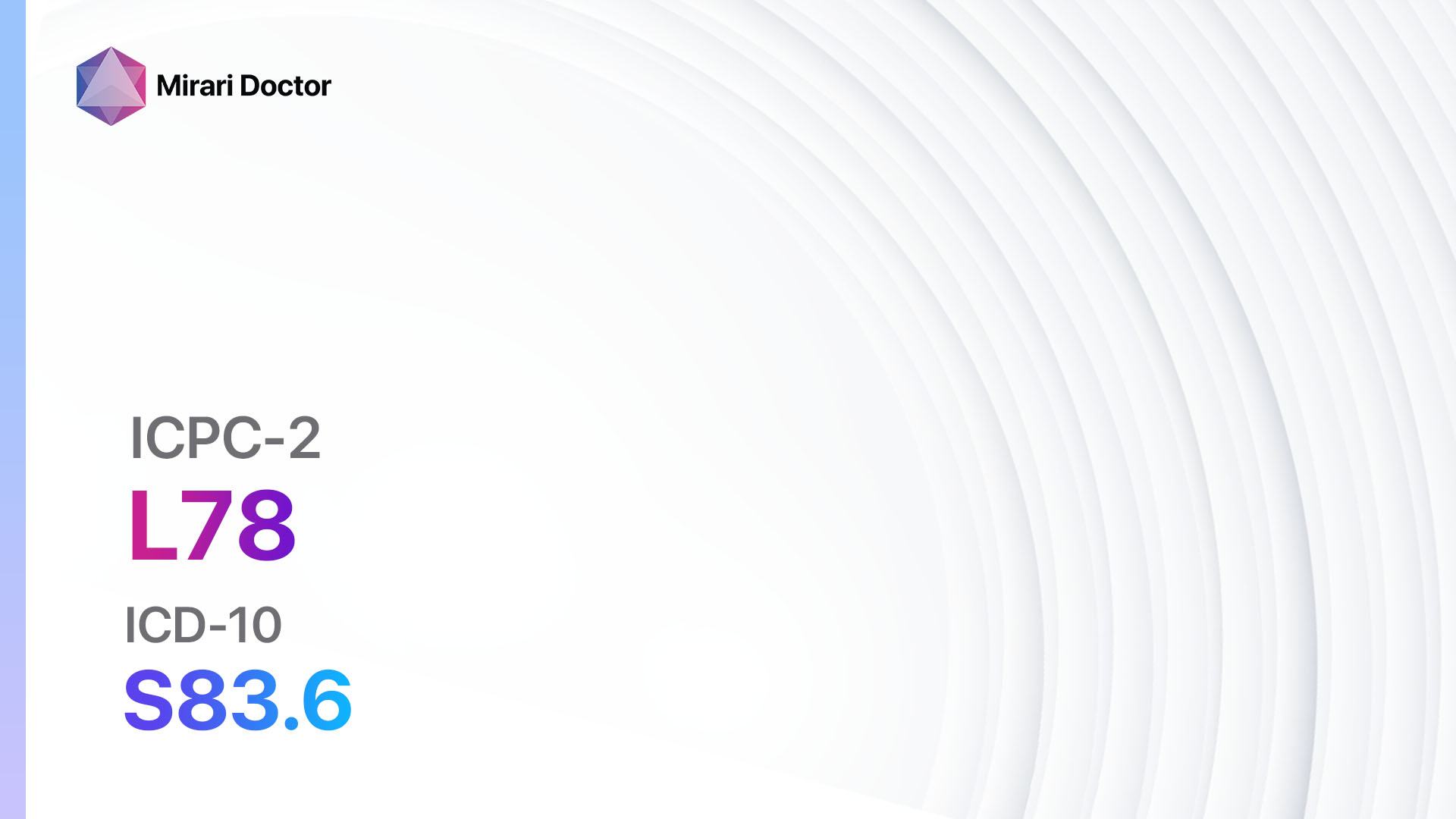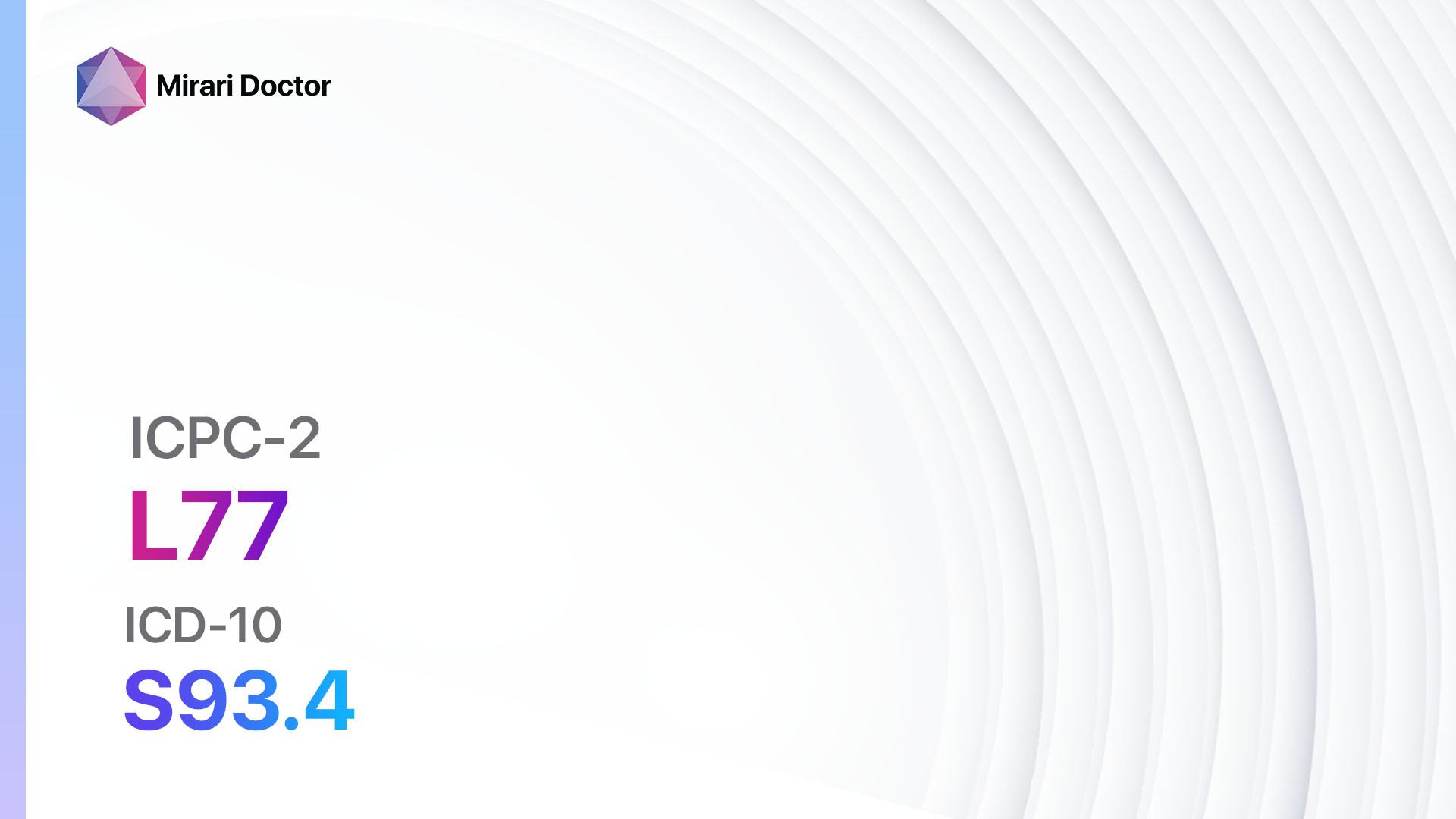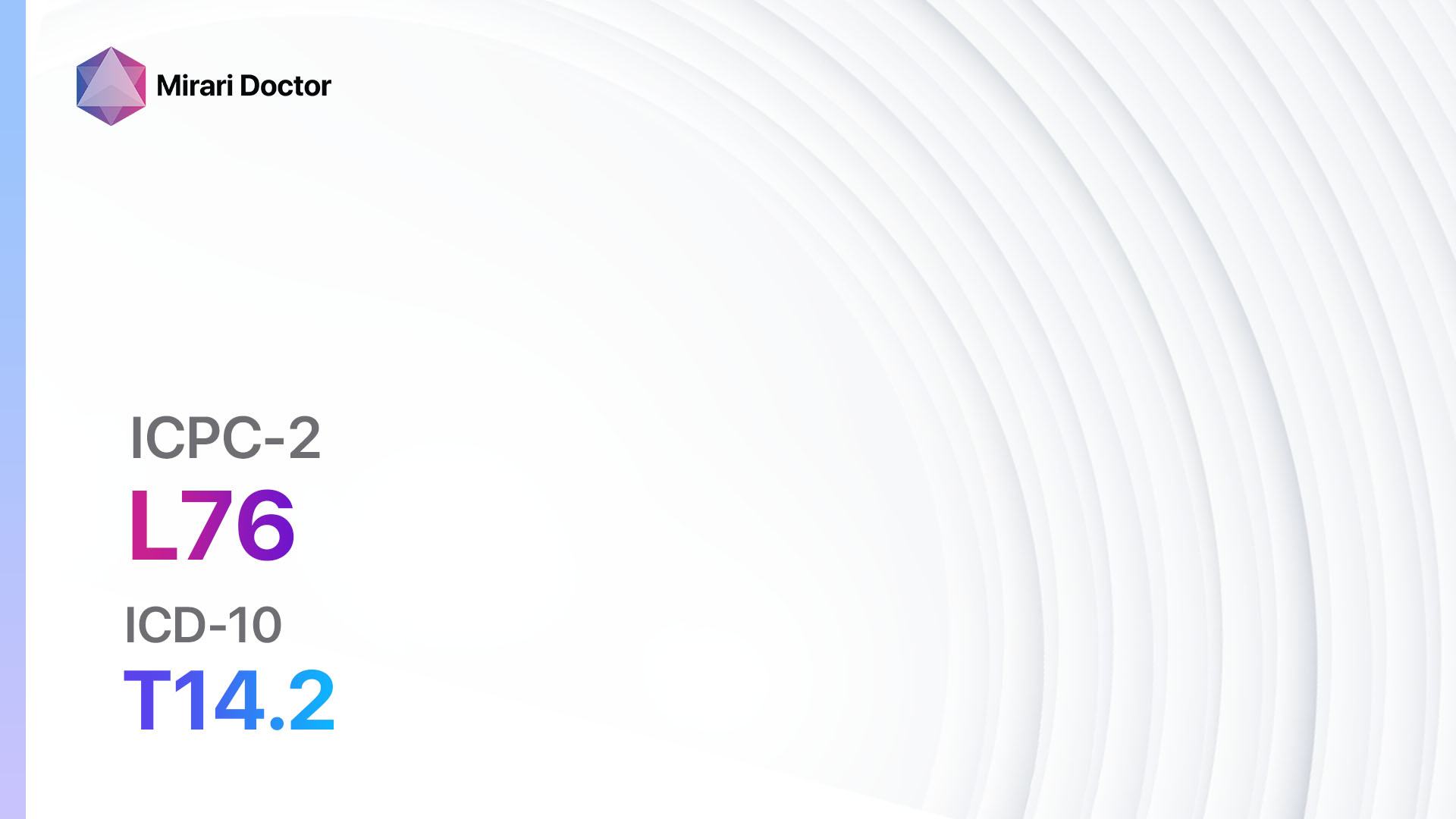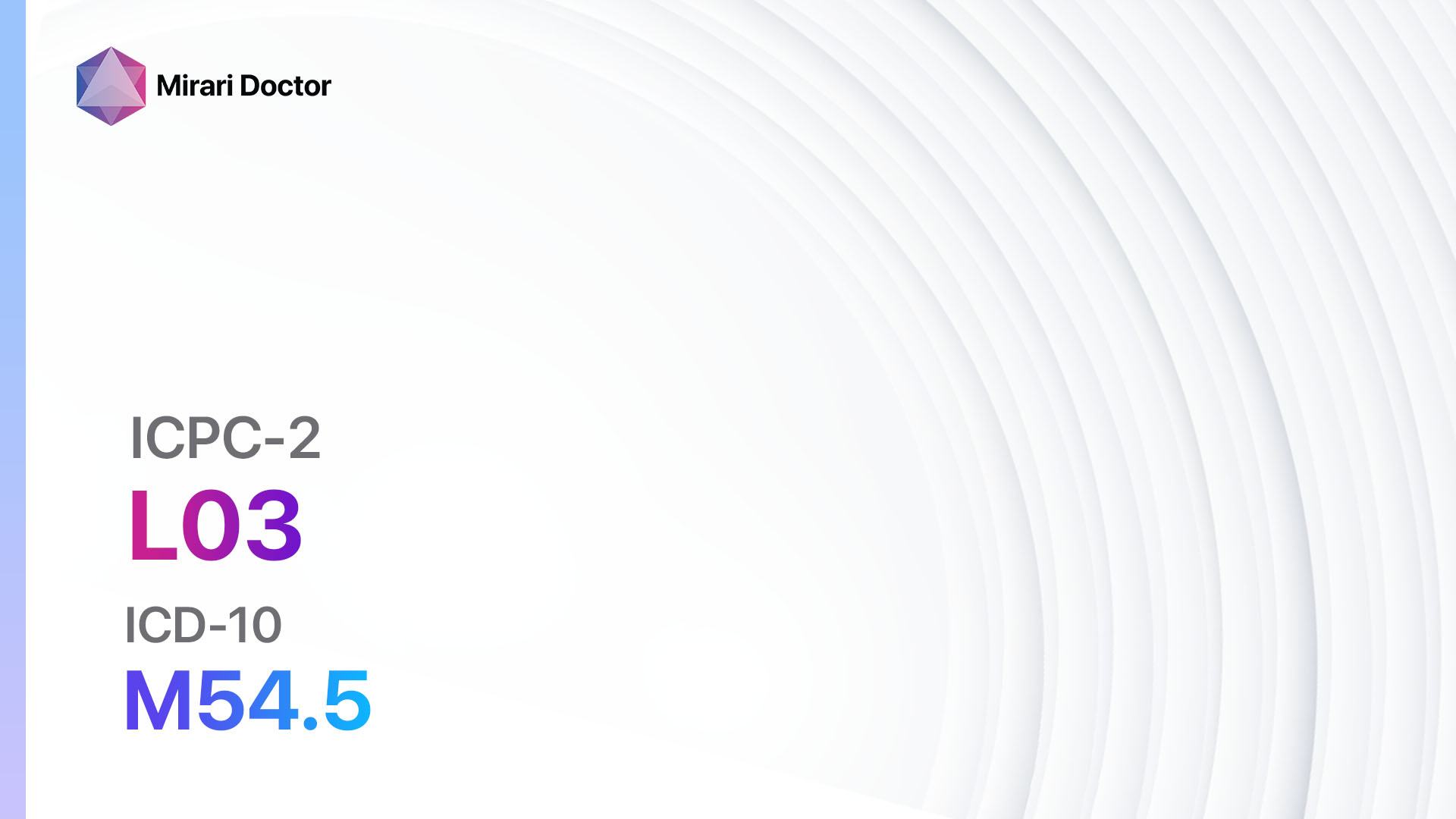
Introduction
Low back pain is a common complaint that affects millions of people worldwide[1]. It can be caused by a variety of factors, including muscle strain, herniated discs, spinal stenosis, and osteoarthritis[2]. The aim of this guide is to provide healthcare professionals with a comprehensive approach to diagnosing and managing low back pain.
Codes
Symptoms
- Dull, aching pain in the lower back[5]
- Pain that radiates down the leg (sciatica)[6]
- Stiffness and limited range of motion in the back[7]
- Muscle spasms in the lower back[8]
- Difficulty standing or walking for long periods of time[9]
Causes
- Muscle strain or sprain[2]
- Herniated or bulging discs[2]
- Spinal stenosis[2]
- Osteoarthritis[2]
- Degenerative disc disease[2]
Diagnostic Steps
Medical History
- Gather information about the patient’s symptoms, including the location, duration, and severity of the pain[10]
- Ask about any previous injuries or medical conditions that may be contributing to the low back pain[10]
- Inquire about any activities or movements that exacerbate or alleviate the pain[10]
- Assess for any risk factors, such as obesity, smoking, or a sedentary lifestyle
Physical Examination
- Perform a thorough physical examination of the back, including palpation of the spine and surrounding muscles
- Assess the patient’s range of motion and any limitations or abnormalities
- Look for signs of inflammation, such as redness or swelling
- Test for muscle strength and reflexes in the lower extremities
Laboratory Tests
- Complete blood count (CBC) to rule out infection or inflammation
- Erythrocyte sedimentation rate (ESR) or C-reactive protein (CRP) to assess for inflammation
- Urinalysis to rule out kidney stones or urinary tract infection
Diagnostic Imaging
- X-rays to evaluate the alignment of the spine and rule out fractures or tumors
- Magnetic resonance imaging (MRI) to visualize the soft tissues, such as discs and nerves
- Computed tomography (CT) scan to assess for spinal stenosis or other structural abnormalities
- Bone scan or positron emission tomography (PET) scan to detect bone tumors or metastases
Other Tests
- Electromyography (EMG) to assess nerve function and identify any nerve compression or damage
- Discography to determine if a specific disc is causing the pain
- Facet joint injections to diagnose and treat pain originating from the facet joints
Follow-up and Patient Education
- Schedule follow-up appointments to monitor the patient’s progress and adjust the treatment plan as needed
- Provide education on proper body mechanics and ergonomics to prevent further injury
- Encourage the patient to engage in regular exercise and physical therapy to strengthen the back muscles and improve flexibility
- Discuss pain management strategies, such as over-the-counter medications, heat or cold therapy, and relaxation techniques
Possible Interventions
Traditional Interventions
Medications:
Top 5 drugs for Low back pain:
- Nonsteroidal anti-inflammatory drugs (NSAIDs) (e.g., Ibuprofen, Naproxen):
- Cost: Generic versions can be $3-$20/month.
- Contraindications: History of gastrointestinal bleeding, renal impairment.
- Side effects: Upset stomach, heartburn, dizziness.
- Severe side effects: Gastrointestinal bleeding, kidney damage.
- Drug interactions: Anticoagulants, corticosteroids.
- Warning: Prolonged use may increase the risk of cardiovascular events.
- Muscle relaxants (e.g., Cyclobenzaprine, Methocarbamol):
- Cost: Generic versions can be $4-$30/month.
- Contraindications: Glaucoma, urinary retention.
- Side effects: Drowsiness, dizziness, dry mouth.
- Severe side effects: Seizures, allergic reactions.
- Drug interactions: Sedatives, alcohol.
- Warning: May cause drowsiness, avoid driving or operating heavy machinery.
- Opioids (e.g., Oxycodone, Hydrocodone):
- Cost: Generic versions can be $10-$100/month.
- Contraindications: Respiratory depression, history of substance abuse.
- Side effects: Constipation, drowsiness, nausea.
- Severe side effects: Respiratory depression, addiction.
- Drug interactions: Benzodiazepines, alcohol.
- Warning: High risk of dependence and addiction, use with caution.
- Antidepressants (e.g., Amitriptyline, Duloxetine):
- Cost: Generic versions can be $4-$30/month.
- Contraindications: Recent myocardial infarction, narrow-angle glaucoma.
- Side effects: Dry mouth, drowsiness, constipation.
- Severe side effects: Suicidal thoughts, serotonin syndrome.
- Drug interactions: Monoamine oxidase inhibitors (MAOIs), other serotonergic drugs.
- Warning: May take several weeks to achieve therapeutic effect.
- Topical analgesics (e.g., Capsaicin, Lidocaine):
- Cost: Varies depending on the specific product.
- Contraindications: Allergy to local anesthetics, broken skin.
- Side effects: Skin irritation, burning sensation.
- Severe side effects: Allergic reactions, skin rash.
- Drug interactions: None reported.
- Warning: Avoid contact with eyes and mucous membranes.
Alternative Drugs:
- Gabapentin: An anticonvulsant that can help relieve neuropathic pain.
- Tramadol: An opioid-like analgesic that can be used as an alternative to traditional opioids.
- Steroid injections: Can provide temporary relief for severe pain and inflammation.
- Topical NSAIDs: Can be applied directly to the affected area for localized pain relief.
- Anticonvulsants: Medications such as Pregabalin or Carbamazepine can be used for neuropathic pain.
Surgical Procedures:
- Laminectomy: Surgical removal of part of the vertebral bone (lamina) to relieve pressure on the spinal cord or nerves. Cost: $50,000 to $100,000.
- Discectomy: Surgical removal of a herniated or damaged disc to relieve pressure on the nerves. Cost: $40,000 to $80,000.
- Spinal fusion: Surgical procedure to join two or more vertebrae together to stabilize the spine. Cost: $80,000 to $150,000.
Alternative Interventions
- Acupuncture: May help reduce pain and improve function. Cost: $60-$120 per session.
- Chiropractic care: Manual manipulation of the spine to improve alignment and relieve pain. Cost: $30-$200 per session.
- Massage therapy: Manipulation of soft tissues to reduce muscle tension and improve circulation. Cost: $50-$100 per session.
- Yoga: Gentle stretching and strengthening exercises to improve flexibility and reduce pain. Cost: $10-$20 per class.
- Physical therapy: Tailored exercises and techniques to improve strength, flexibility, and posture. Cost: $50-$150 per session.
Lifestyle Interventions
- Exercise: Engaging in regular physical activity, such as walking or swimming, can help strengthen the back muscles and improve flexibility. Cost: Varies depending on the chosen activity.
- Weight management: Maintaining a healthy weight can reduce the strain on the back and decrease the risk of developing chronic low back pain. Cost: Varies depending on the chosen weight loss program.
- Posture correction: Practicing good posture and using ergonomic furniture can help alleviate back pain. Cost: Varies depending on the need for specialized equipment.
- Stress management: Techniques such as meditation, deep breathing exercises, and relaxation techniques can help reduce muscle tension and promote overall well-being. Cost: Varies depending on the chosen method.
- Sleep hygiene: Ensuring a comfortable sleep environment and practicing good sleep habits can help reduce back pain. Cost: Varies depending on the need for specialized bedding or pillows.
It is important to note that the cost ranges provided are approximate and may vary depending on the location and availability of the interventions.
Mirari Cold Plasma Alternative Intervention
Understanding Mirari Cold Plasma
- Safe and Non-Invasive Treatment: Mirari Cold Plasma is a safe and non-invasive treatment option for various skin conditions. It does not require incisions, minimizing the risk of scarring, bleeding, or tissue damage.
- Efficient Extraction of Foreign Bodies: Mirari Cold Plasma facilitates the removal of foreign bodies from the skin by degrading and dissociating organic matter, allowing easier access and extraction.
- Pain Reduction and Comfort: Mirari Cold Plasma has a local analgesic effect, providing pain relief during the treatment, making it more comfortable for the patient.
- Reduced Risk of Infection: Mirari Cold Plasma has antimicrobial properties, effectively killing bacteria and reducing the risk of infection.
- Accelerated Healing and Minimal Scarring: Mirari Cold Plasma stimulates wound healing and tissue regeneration, reducing healing time and minimizing the formation of scars.
Mirari Cold Plasma Prescription
Video instructions for using Mirari Cold Plasma Device – L03 Low back symptom/complaint (ICD-10:M54.5)
| Mild | Moderate | Severe |
| Mode setting: 2 (Wound Healing) Location: 0 (Localized) Morning: 15 minutes, Evening: 15 minutes | Mode setting: 2 (Wound Healing) Location: 0 (Localized) Morning: 30 minutes, Lunch: 30 minutes, Evening: 30 minutes | Mode setting: 2 (Wound Healing) Location: 0 (Localized) Morning: 30 minutes, Lunch: 30 minutes, Evening: 30 minutes |
| Mode setting: 9 (Arthritis) Location: 0 (Localized) Morning: 15 minutes, Evening: 15 minutes | Mode setting: 9 (Arthritis) Location: 0 (Localized) Morning: 30 minutes, Lunch: 30 minutes, Evening: 30 minutes | Mode setting: 9 (Arthritis) Location: 0 (Localized) Morning: 30 minutes, Lunch: 30 minutes, Evening: 30 minutes |
| Mode setting: 7 (Immunotherapy) Location: 1 (Sacrum) Morning: 15 minutes, Evening: 15 minutes | Mode setting: 7 (Immunotherapy) Location: 1 (Sacrum) Morning: 30 minutes, Lunch: 30 minutes, Evening: 30 minutes | Mode setting: 7 (Immunotherapy) Location: 1 (Sacrum) Morning: 30 minutes, Lunch: 30 minutes, Evening: 30 minutes |
| Total Morning:45minutesapprox.$7.50USD, Evening:45minutesapprox.$7.50USD | Total Morning:90minutesapprox.$15USD, Lunch:90minutesapprox. $15 USD, Evening:90minutesapprox. $15 USD, | Total Morning:90minutesapprox.$15USD, Lunch:90minutesapprox. $15 USD, Evening:90minutesapprox. $15 USD, |
| Usualtreatmentfor7-60daysapprox.$105USD–$900USD | Usualtreatmentfor6-8weeksapprox.$1,890USD–$2,520USD | Usualtreatmentfor3-6monthsapprox.$4,050USD–$8,100USD |
 |
|
Use the Mirari Cold Plasma device to treat Low back symptom/complaint effectively.
WARNING: MIRARI COLD PLASMA IS DESIGNED FOR THE HUMAN BODY WITHOUT ANY ARTIFICIAL OR THIRD PARTY PRODUCTS. USE OF OTHER PRODUCTS IN COMBINATION WITH MIRARI COLD PLASMA MAY CAUSE UNPREDICTABLE EFFECTS, HARM OR INJURY. PLEASE CONSULT A MEDICAL PROFESSIONAL BEFORE COMBINING ANY OTHER PRODUCTS WITH USE OF MIRARI.
Step 1: Cleanse the Skin
- Start by cleaning the affected area of the skin with a gentle cleanser or mild soap and water. Gently pat the area dry with a clean towel.
Step 2: Prepare the Mirari Cold Plasma device
- Ensure that the Mirari Cold Plasma device is fully charged or has fresh batteries as per the manufacturer’s instructions. Make sure the device is clean and in good working condition.
- Switch on the Mirari device using the power button or by following the specific instructions provided with the device.
- Some Mirari devices may have adjustable settings for intensity or treatment duration. Follow the manufacturer’s instructions to select the appropriate settings based on your needs and the recommended guidelines.
Step 3: Apply the Device
- Place the Mirari device in direct contact with the affected area of the skin. Gently glide or hold the device over the skin surface, ensuring even coverage of the area experiencing.
- Slowly move the Mirari device in a circular motion or follow a specific pattern as indicated in the user manual. This helps ensure thorough treatment coverage.
Step 4: Monitor and Assess:
- Keep track of your progress and evaluate the effectiveness of the Mirari device in managing your Low back symptom/complaint. If you have any concerns or notice any adverse reactions, consult with your health care professional.
Note
This guide is for informational purposes only and should not replace the advice of a medical professional. Always consult with your healthcare provider or a qualified medical professional for personal advice, diagnosis, or treatment. Do not solely rely on the information presented here for decisions about your health. Use of this information is at your own risk. The authors of this guide, nor any associated entities or platforms, are not responsible for any potential adverse effects or outcomes based on the content.
Mirari Cold Plasma System Disclaimer
- Purpose: The Mirari Cold Plasma System is a Class 2 medical device designed for use by trained healthcare professionals. It is registered for use in Thailand and Vietnam. It is not intended for use outside of these locations.
- Informational Use: The content and information provided with the device are for educational and informational purposes only. They are not a substitute for professional medical advice or care.
- Variable Outcomes: While the device is approved for specific uses, individual outcomes can differ. We do not assert or guarantee specific medical outcomes.
- Consultation: Prior to utilizing the device or making decisions based on its content, it is essential to consult with a Certified Mirari Tele-Therapist and your medical healthcare provider regarding specific protocols.
- Liability: By using this device, users are acknowledging and accepting all potential risks. Neither the manufacturer nor the distributor will be held accountable for any adverse reactions, injuries, or damages stemming from its use.
- Geographical Availability: This device has received approval for designated purposes by the Thai and Vietnam FDA. As of now, outside of Thailand and Vietnam, the Mirari Cold Plasma System is not available for purchase or use.
References
- Hoy D, March L, Brooks P, et al. The global burden of low back pain: estimates from the Global Burden of Disease 2010 study. Ann Rheum Dis. 2014;73(6):968-974. doi:10.1136/annrheumdis-2013-204428
- Casiano VE, Dydyk AM, Varacallo M. Back Pain. In: StatPearls. Treasure Island (FL): StatPearls Publishing; May 23, 2022.
- ICPC-2 – English. World Organization of Family Doctors.//www.globalfamilydoctor.com/site/DefaultSite/filesystem/documents/Groups/WICC/International%20Classification%20of%20Primary%20Care%20Dec16.pdf. Published December 2016.
- ICD-10 Version:2019. World Health Organization.//icd.who.int/browse10/2019/en#/M54.5. Published 2019.
- Chou R. Low back pain (chronic). BMJ Clin Evid. 2010;2010:1116. Published 2010 Oct 8.
- Ropper AH, Zafonte RD. Sciatica. N Engl J Med. 2015;372(13):1240-1248. doi:10.1056/NEJMra1410151
- Allegri M, Montella S, Salici F, et al. Mechanisms of low back pain: a guide for diagnosis and therapy. F1000Res. 2016;5:F1000 Faculty Rev-1530. Published 2016 Jun 28. doi:10.12688/f1000research.8105.2
- Casazza BA. Diagnosis and treatment of acute low back pain. Am Fam Physician. 2012;85(4):343-350.
- Hartvigsen J, Hancock MJ, Kongsted A, et al. What low back pain is and why we need to pay attention. Lancet. 2018;391(10137):2356-2367. doi:10.1016/S0140-6736(18)30480-X
- Maher C, Underwood M, Buchbinder R. Non-specific low back pain. Lancet. 2017;389(10070):736-747. doi:10.1016/S0140-6736(16)30970-9
Related articles
Made in USA



